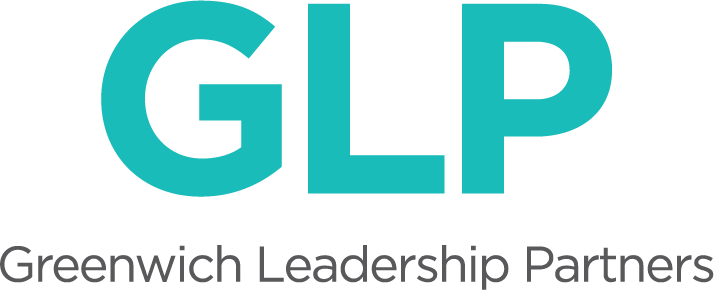Sometimes what you don’t plan to learn is what really sticks.
Liz and I just finished our first year working with seven extraordinary school teams in High Tech High’s Education Leadership Academy (ELA). Last week, the program culminated with Presentations of Learning where each team exhibited the leadership project they designed and launched at their schools. All teams shared a goal to strengthen deeper learning and equity in their schools. But every project was profoundly different in design—some represented whole school change, some targeted a particular practice or question—and all had a unique focus aligned with the team’s interests and their students’ needs. The teams featured student voice prominently in their presentations, whether by physically bringing students with them (all the way from Florida!) or virtually sharing their experiences through video. We heard from students who had discovered their voices, met and befriended other students they might never have known by collaborating on projects, and were now able to reflect on a new way of learning that reignited their love for school. We heard from adults who discovered the joys and challenges of collaboration to design deep project work where all fourth grade students came together to grapple with questions across subject matter in pursuit of a common cause for their community. We learned about the rigor, equity and excitement that results from a project in which students, content and community are authentically integrated in the learning design (thanks to Rob Riordan, Emperor of Rigor, for teaching us why that trifecta is so profound!).
This alone is enough to inspire and humble. It’s what we hoped for, and it exceeded our expectations. But here’s what really got me: unintended learnings. That’s a phrase I’ve borrowed from teacher from the York House School who used it to describe what amazed her in the process of facilitating an eight week project where fourth and fifth graders designed their own playground. It’s what she didn’t expect to learn that hit her most powerfully, and while she was the only one to describe it this way, every team we heard from had their own unintended learnings to share.
Here’s an example from her project: fourth graders were sent out to interview eighth graders on one essential question and four driving questions:
Essential Question: Why do friends matter?
- How do we make friends?
- How do we sustain friendships?
- What is play?
- What happens when we play together?
No one could have predicted what followed. The eighth graders suddenly realized that maybe they should be asking themselves “why don’t we play anymore?” It opened three days of dialogue in English class—student led and student driven—and it changed the thinking of a group of eighth grade girls who explored what play and friendship means to them and why they matter. In the meantime, a fourth grader shared with us how she learned how to collaborate, after discovering that her take charge, controlling approach was shutting her group members down. Her articulate reflection exposed a wisdom many adults don’t yet possess.
Of course, adults have lots of unexpected learning about teaching and kids in an example like this, but they had as many, if not more learnings about themselves. For example, the power one team can have over an entire school; what the nature of effective collaboration really is and what it takes, the notion of resilience and how a committed team can move through challenges they did not foresee, or ones that normally might have stopped them dead in their tracks. And, yes, how by “just doing it” or “building the plane while flying it” they can take big risks and yield high returns. What is more empowering than that kind of unintended learning? As Laura McBain, Director of the Education Leadership Academy, noted: “we transform learning, we transform lives, and we transform ourselves”.
Our assumptions about how learning happens really limit us when we don’t open up to possibilities. Allow for unintended learning and see what sticks. Thanks to all the ELA school teams who made this possible for us!
Here are the schools that participated in the 2015/16 ELA. Once we can showcase their projects, we’ll be sure to let you know:
